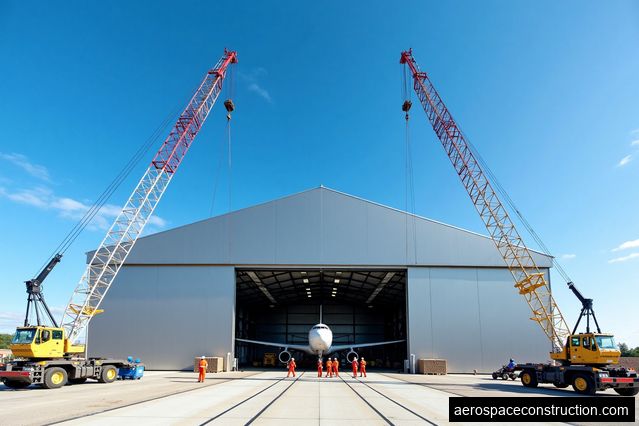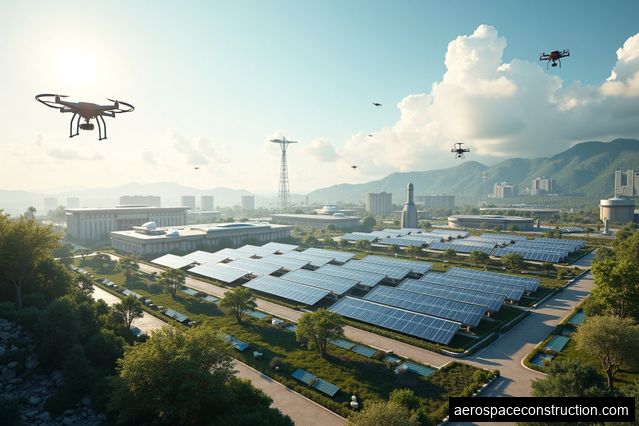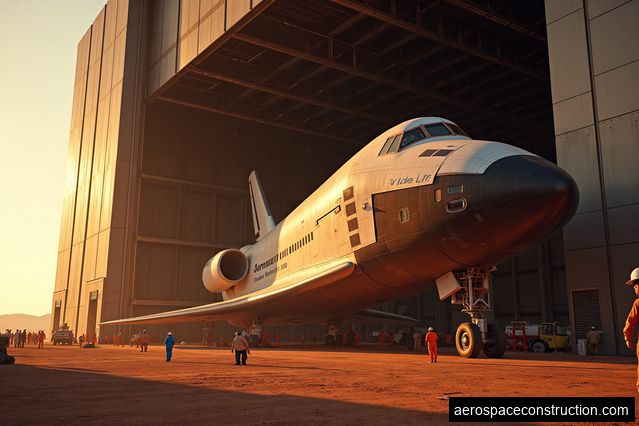Reducing Environmental Impact
As space exploration continues to advance, it is essential to prioritize sustainable practices in spaceport development. One key aspect is reducing the environmental impact of these facilities. By implementing eco-friendly construction methods, utilizing renewable energy sources, and employing efficient waste management systems, spaceports can minimize their carbon footprint. This not only benefits the immediate environment but also contributes to the overall goal of reducing greenhouse gas emissions and combating climate change.
Integrating Renewable Energy Sources
A sustainable spaceport incorporates renewable energy sources to power its operations. Solar panels, wind turbines, and geothermal systems can be integrated into the facility's infrastructure to generate clean energy. By relying on renewable sources, spaceports can reduce their dependence on fossil fuels and decrease their environmental impact. Additionally, investing in energy-efficient technologies and implementing smart energy management systems can further optimize energy consumption and minimize waste.
Conserving Natural Resources
Another crucial aspect of sustainable spaceport development is the conservation of natural resources. Water, a valuable resource, can be efficiently managed through the implementation of water-saving technologies and practices. Rainwater harvesting systems, greywater recycling, and water-efficient fixtures can significantly reduce water consumption within the spaceport. Furthermore, sustainable landscaping and the preservation of local ecosystems can help maintain biodiversity and protect sensitive habitats surrounding the facility.
Promoting Circular Economy
Embracing the principles of a circular economy is vital for sustainable spaceport development. By adopting a cradle-to-cradle approach, spaceports can minimize waste generation and maximize resource efficiency. This involves implementing recycling programs, encouraging the use of recycled materials in construction, and promoting the repurposing of waste products. By prioritizing the circular economy, spaceports can reduce their reliance on virgin materials, conserve natural resources, and contribute to a more sustainable aerospace industry.
Enhancing Community Engagement
Sustainable spaceport development goes beyond environmental considerations. It also involves fostering positive relationships with local communities and ensuring their active participation in the process. Engaging with stakeholders, including nearby residents, businesses, and indigenous communities, allows for the integration of their perspectives and concerns. This collaborative approach can lead to the development of spaceports that not only meet environmental standards but also address social and economic needs. By prioritizing community engagement, spaceports can create a sense of ownership and build long-term support for their operations.
Investing in Education and Training
To achieve sustainable spaceport development, investing in education and training is essential. By providing opportunities for local residents to acquire the skills needed for aerospace construction and related industries, spaceports can contribute to the economic development of the region. Additionally, educational programs that promote environmental awareness and sustainability can help create a workforce that understands and values sustainable practices. Continuous learning and knowledge sharing within the spaceport community are crucial for achieving long-term sustainability goals.








